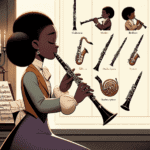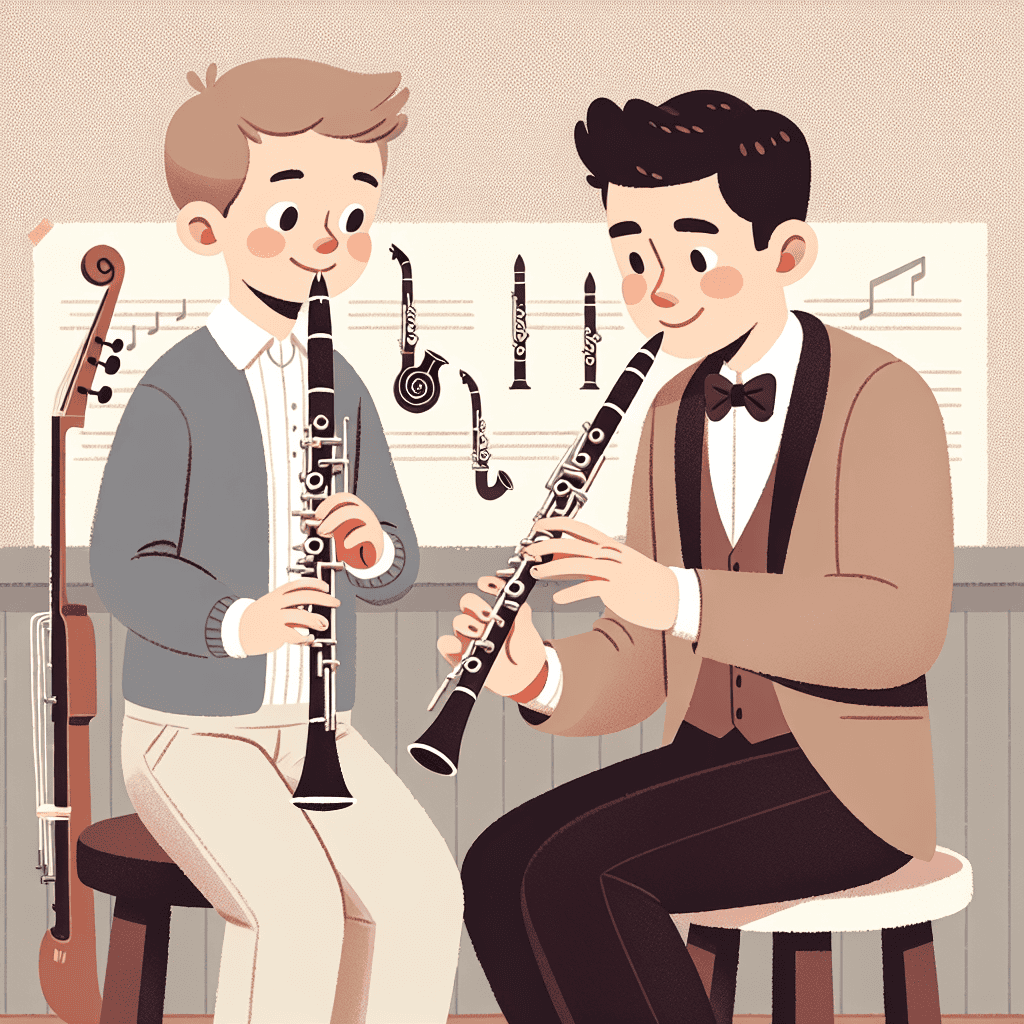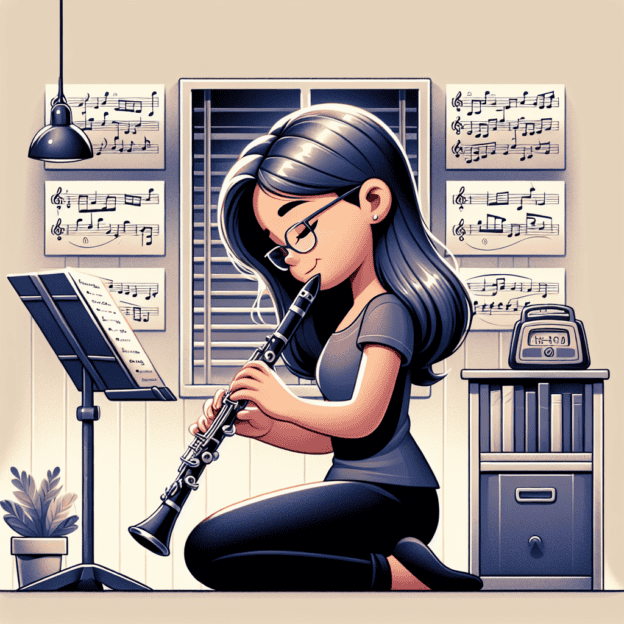Reading clarinet sheet music introduces you to a world of musical expression. At first, it might seem challenging, but once you grasp the basics, you'll find that interpreting music becomes an engaging and rewarding experience. This guide will walk you through the key aspects of clarinet sheet music to help you play with confidence.
Understanding the Staff
The foundation of sheet music is the staff, consisting of five horizontal lines and four spaces. Each line and space represents a specific musical pitch:
- Lines: From the bottom up, the notes on the lines of the treble clef staff are E, G, B, D, and F. A helpful memory aid is “Every Good Boy Does Fine.”
- Spaces: The spaces on the staff spell out the word FACE from bottom to top. This helps beginners quickly identify note positions.
As a clarinetist, you'll mainly read music written in the treble clef, which is key for playing your instrument effectively.
Reading Notes
Notes on the staff indicate pitch and duration. Each note has a specific shape, which may include stems and flags:
| Note Type | Description | Duration |
|---|---|---|
| Whole Notes | An open note head with no stem | Four beats |
| Half Notes | An open note head with a stem | Two beats |
| Quarter Notes | A filled-in note head with a stem | One beat |
| Eighth Notes | A filled-in note head with a stem and a single flag | Half a beat |
| Sixteenth Notes | A filled-in note head with a stem and two flags | Quarter of a beat |
As you progress, familiarize yourself with these note shapes and their durations to improve your sight-reading skills.
Key Signatures
Key signatures show the number of sharps or flats in a piece of music, indicating its tonality. Understanding key signatures is important for interpreting clarinet sheet music accurately:
- C Major: No sharps or flats
- G Major: One sharp (F#)
- D Major: Two sharps (F# and C#)
- F Major: One flat (B?)
Look at the key signature at the beginning of the staff to see which notes are affected throughout the piece.
Time Signatures
The time signature shows how many beats are in each measure and what note value gets one beat. It consists of two numbers stacked vertically:
- Top Number: Shows the number of beats in a measure.
- Bottom Number: Shows the note value that gets one beat (e.g., 4 for quarter notes).
For example, 4/4 time means four beats per measure, with the quarter note getting one beat. Learning common time signatures like 2/4, 3/4, and 6/8 will help you interpret rhythmic patterns more easily.
Dynamics and Articulations
Dynamics tell you how loudly or softly to play, while articulations guide how to attack each note. Knowing common dynamic markings and articulations allows for more expressive playing:
- Dynamic Markings: Common ones include p for piano (soft), f for forte (loud), and mf for mezzo forte (moderately loud).
- Articulations: Markings like staccato (play short and detached) or legato (play smooth and connected) enhance musicality and expression.
Pay attention to these markings as you practice, as they significantly impact your performance and interpretation of the music.
Practice Tips for Reading Clarinet Music
Improving your ability to read clarinet sheet music requires consistent practice and dedication. Here are some helpful tips to enhance your sight-reading skills:
- Start Simple: Begin with easier pieces that let you focus on reading rather than technical challenges. Gradually move to more complex compositions.
- Daily Sight Reading: Set aside time each day for sight-reading exercises. This practice will improve your skills and boost your proficiency over time.
- Use a Metronome: Practicing with a metronome helps develop your sense of timing and rhythm, ensuring you keep a steady pace as you read music.
- Play with Others: Collaborating with fellow musicians can improve your sight-reading skills. Playing in a group helps you adapt to different tempos and styles.
Incorporating Quality Instruments
As you improve your understanding of reading clarinet music, you'll also benefit from high-quality instruments. Brands like Martin Freres offer craftsmanship and quality sound for your performance, allowing you to explore music with exceptional clarity and projection. A well-made clarinet boosts your confidence and enhances your overall musical experience.
Learning to read clarinet sheet music opens up countless musical opportunities. By understanding the basics of musical notation, practicing regularly, and using quality instruments, you'll find yourself on a path to musical fluency that leads to an enriching journey.
As you explore sheet music, let your love for music guide you, and remember that every note you play adds to the beautiful sound waiting to be discovered.







